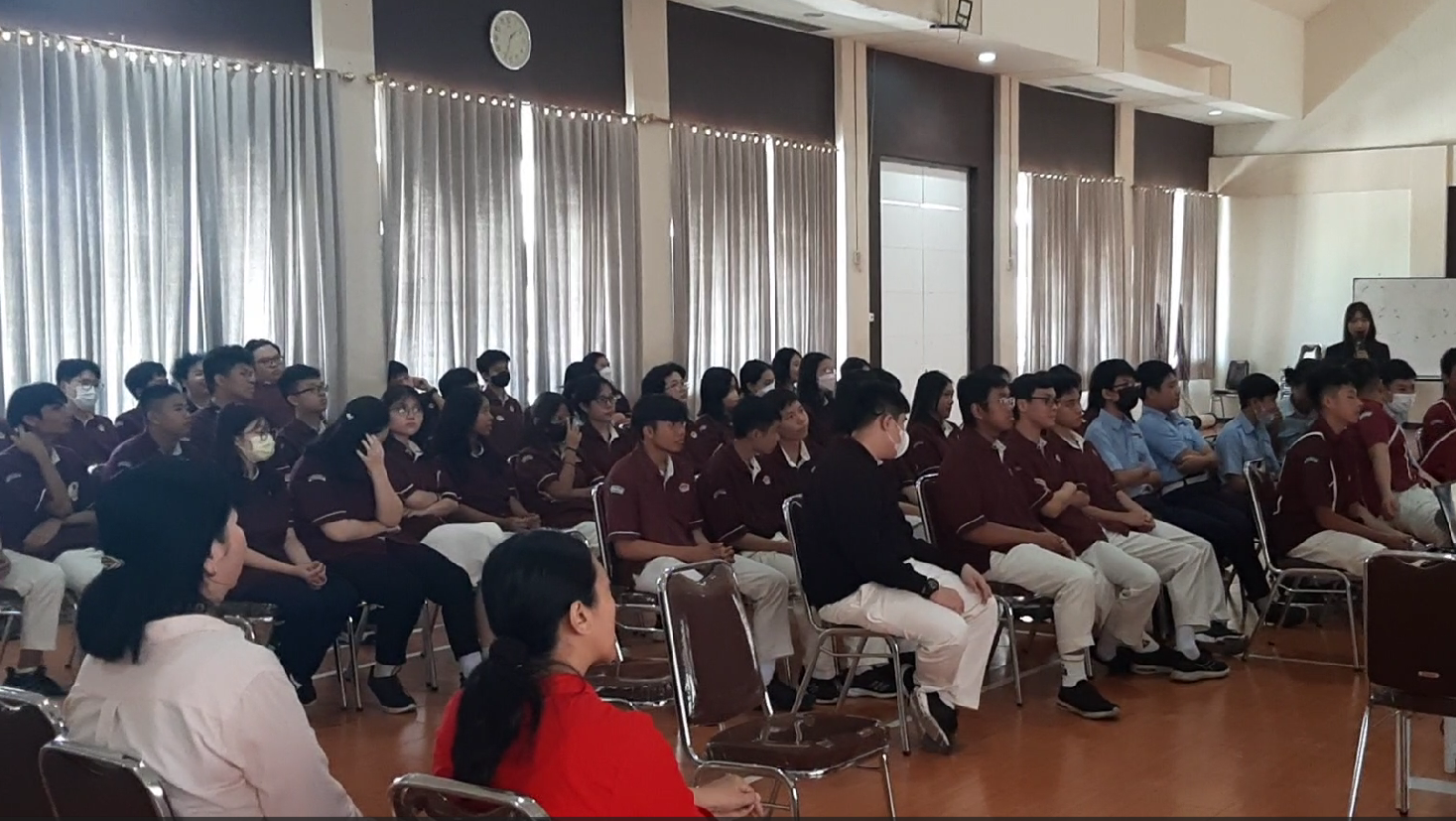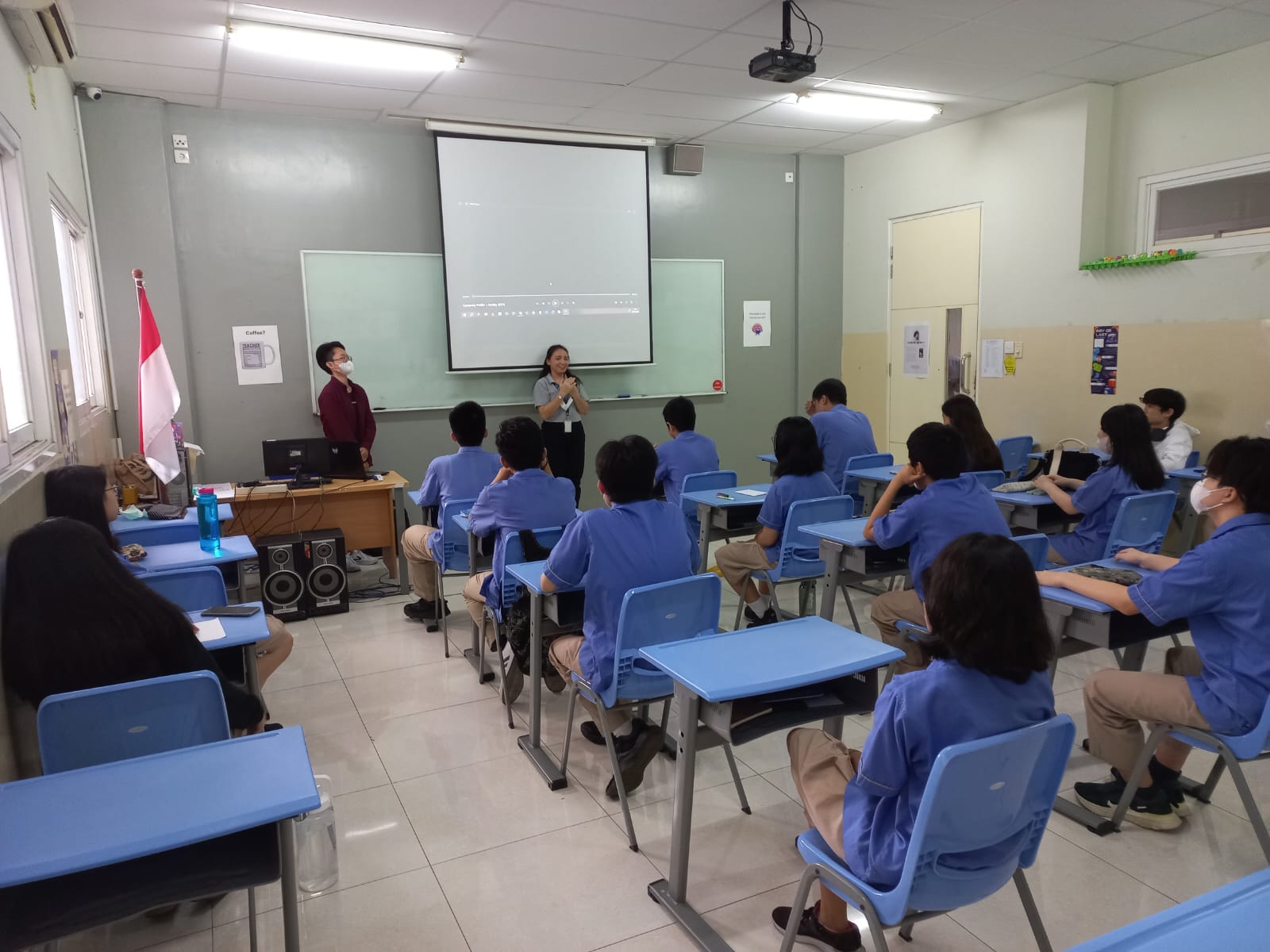
How to Turn Website Into Installable Apps?

Knowledge Sharing Program (KSP) Season 11 Episode 3 was held on Thursday, November 4, 2021 by inviting Grace Levina Dewi, S.Kom., M.Kom. as a resource person. He is a lecturer in Informatics Engineering at ISTTS. The KSP entitled "How to Turn Websites Into Installable Apps" was held online via the Zoom platform and broadcast live on the KSP ISTTS Youtube Channel starting at 10.30-12.30.
"In the current era, how do you make websites that are accessed on mobile can act like a native app?" said the speaker when opening KSP. The answer is Progressive Web Apps (PWA). This latest technology was developed by Google Developers and will be a competitor to mobile applications such as Android and iOS. PWA itself can be interpreted as a progressive web application which is nothing more than a type of application available through a browser using only HTML, CSS, and Javascript.

Turning to 2015, according to data, mobile web usage was only 13% while app users were around 87%. This is because when opening a website on a mobile it takes a long time to load. Therefore, PWA is needed to improve the ability of website applications in terms of speed when accessing via a web browser. There are several advantages of PWAs:
- Respond like Mobile App
There is a cache in the App Shells so it can look like a Mobile App. Additionally, with App Shell you can have the option to emulate the look and feel of a full-fledged regular mobile app.
- Responsive layouts
Users browse websites through browsers that support service workers who take advantage of PWAs.
- Available in Offline Mode
PWA is able to display website content in offline conditions, provided that the application has been opened at least 1 time.
- Add to Home Screen (A2HS)
Just like a bookmark page in a web browser and can be displayed on the Home screen for quick access. It's just that it can work offline too.
- Push Notifications
Function to quickly get messages and alerts from websites. In addition, it also serves to market the website and provide quick access to users.
KSP then continued with a demo how to install PWA on Android. The process of installing the application is very easy and fast, less than 1 minute. Installation begins by visiting the web page of the application that we want to install. After that select add to main screen. This also applies when installing PWAs on Chrome Desktop. Installation begins by going to the site you want to install. Then at the top right of the URL column, click install.
The webinar was then closed with a question and answer session with the speakers. The speaker added that this webinar can be useful and developed for participants who take part in the event. At the end of the webinar, the speaker hopes that this KSP can be useful and developed for participants who take part in the KSP. The question and answer session was followed by a group photo session and filling out Google Forms.
-min%20(1)%20(1).png)


